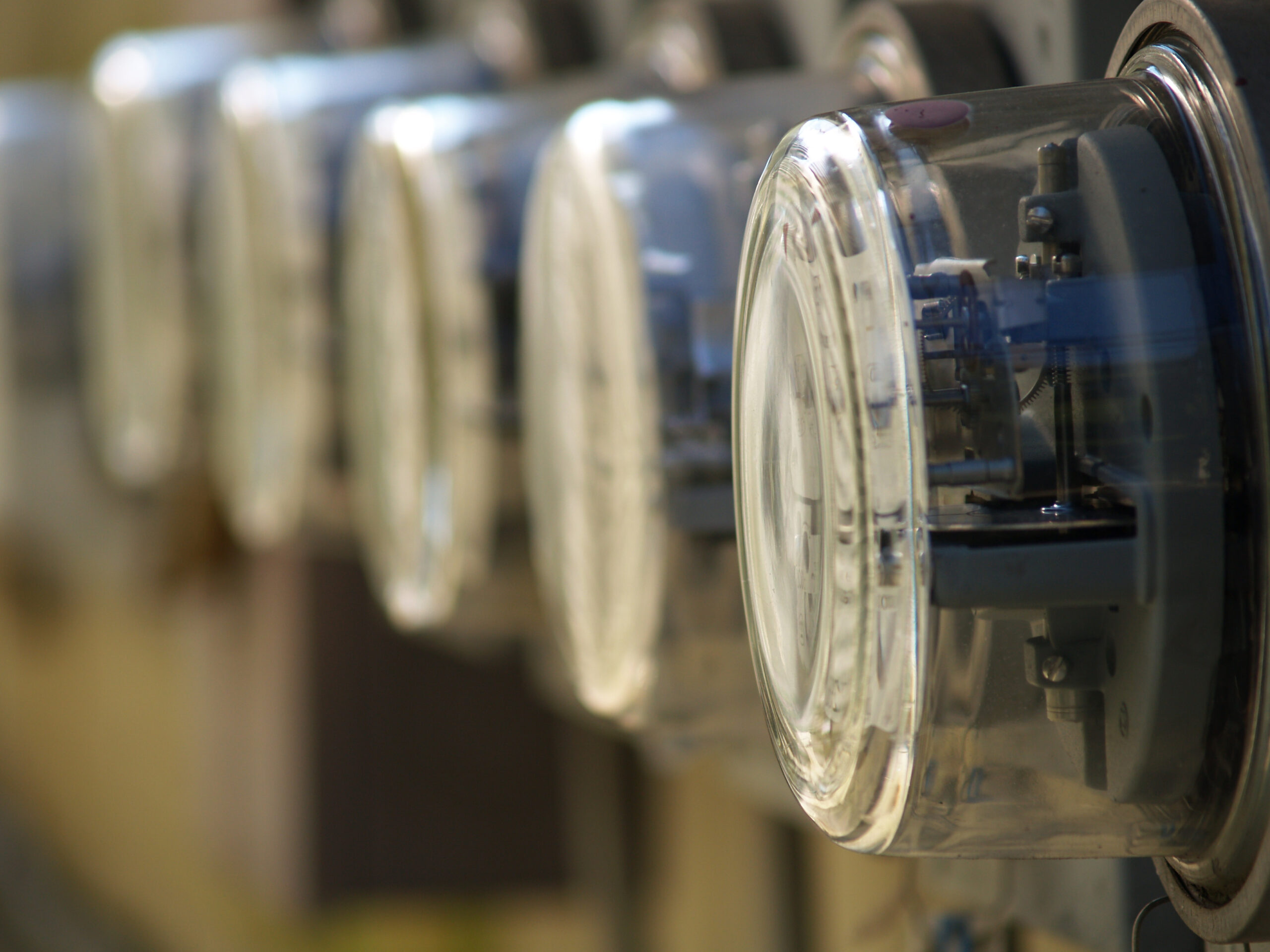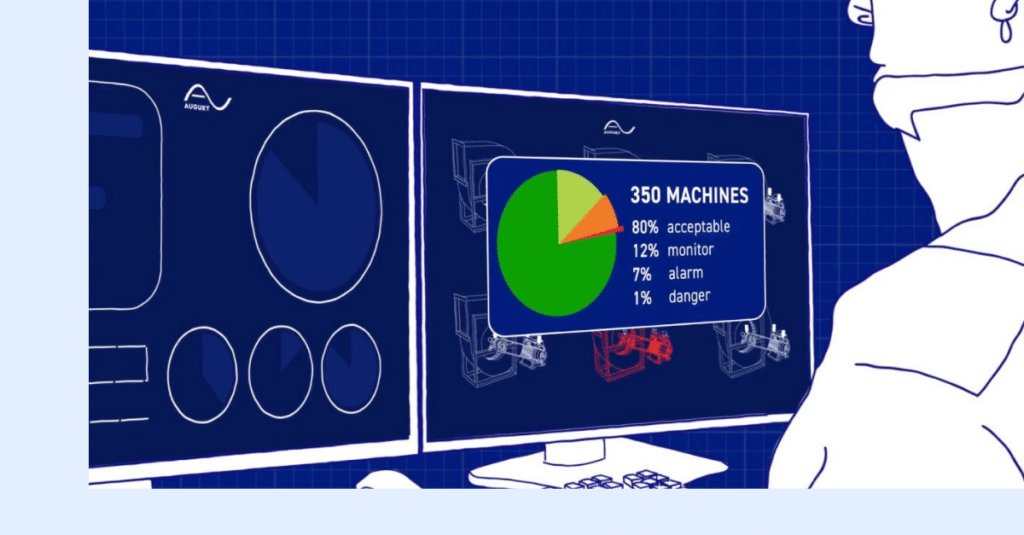
Many industries today appreciate the value that predictive maintenance brings to the table, yet only 12 percent of commercial facilities are currently using these techniques. Why? Facility Managers cite a lack of internal resources as well as ongoing costs involved in monitoring the health of their equipment.
But predictive maintenance should not be treated as a luxury. Predictive maintenance technology can actually save you money, especially where it hurts the most—your energy expenses. According to a US Department of Energy study, maintenance techniques targeting energy efficiency can result in up to 20 percent savings annually.
How Much Energy is Wasted Each Month?
Each year loads of energy go to waste. Big buildings, plants, and factories are large consumers of energy, but consider these facts:
- Nearly 40 percent of total American energy is consumed in commercial and residential buildings.
- Space heating accounts for almost 25 percent of total energy use in commercial buildings.
- Motor-driven equipment accounts for 64 percent of the electricity consumed in the U.S. manufacturing sector.
- Only roughly 66 percent of three-phase line voltage feeders coming into a typical plant are balanced, costing U.S. industry between $40 billion and $150 billion each year in energy consumption, lost production, and failed motors.
Preventative Maintenance is Not Enough
While with a normal preventative maintenance schedule machines are checked manually for visible signs of error, these checks are unable to detect and predict all types of potential breakdowns and failures– especially at their early stages. Worse still, if something starts to deteriorate a week after a scheduled check you are stuck waiting until the next scheduled check before it’s noticed. All the while these machines are running inefficiently, wasting energy and driving up operating costs.
Contrast this with predictive maintenance, where condition-based monitoring keeps tabs via machine readings at the most minute audible and inaudible levels. Routine diagnostics can pinpoint future or pending breakdowns, enabling you to make small, fine-tuned fixes ahead of time when they are relatively less expensive than they can be later.
In the absence of a predictive strategy, operations and maintenance costs will remain high. Running faulty or laggy equipment is costing you a lot of capital every single month. A machine with minor bearing wear or a slight misalignment uses more energy than one operating optimally. Both of these issues are detectable with predictive maintenance (specifically, ultrasound and vibration analysis). When the issues are more pronounced, emergency costs are even more painful. Although rare, a sudden chiller breakdown in between annual checkups can force end-users to rely on expensive rental equipment. Energy costs for these reactive fixes are typically through the roof.
Cut Out Energy Waste with Predictive Maintenance
All-in-all, it’s clear that predictive maintenance is no longer something a business can ignore. And it’s not just with big equipment—a lot of energy is actually wasted by small equipment running inefficiently. While many preventative maintenance plans may regularly check chillers because they are expensive, pumps and fans are typically ignored because they’re smaller and cheaper. This leads to a “run till failure” mentality, even though these machines can make up the largest portion of a facility’s wasted energy. The tools available for traditional PM routes simply do not allow for comprehensive analysis of all these machines, despite their prevalence and significant energy footprint.
Not so with predictive maintenance.
Start small in transitioning to predictive maintenance. As you run your typical PM routes, you can easily inject PdM techniques into your day-to-day routines. Start compiling an asset list and getting an initial baseline on the condition of your equipment. Once you have that, you can start prioritizing work based on the actual condition of each machine, thereby helping with budget and resource planning. Lastly, don’t get discouraged in trying to find these hidden opportunities for energy savings. Over time, facilities that consistently find, track and correct these hidden energy “leaks” will see significant cash benefits. There’s no time to start like the present.
Reduce your energy waste with Augury’s PdM technology. Get a demo!




